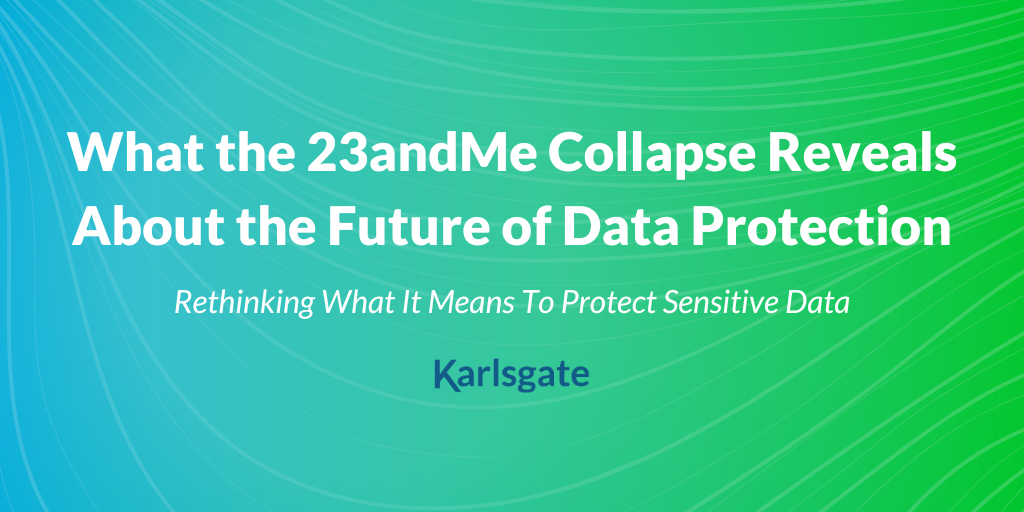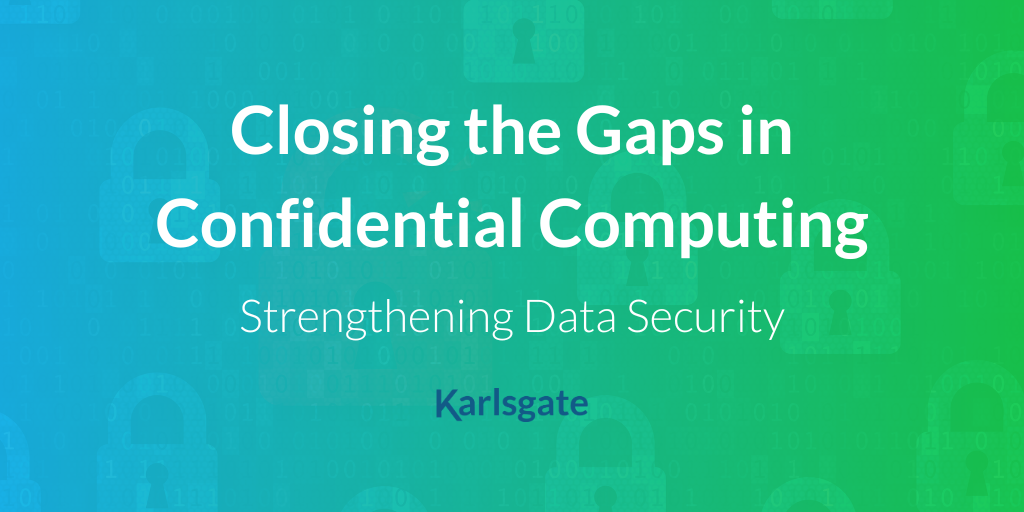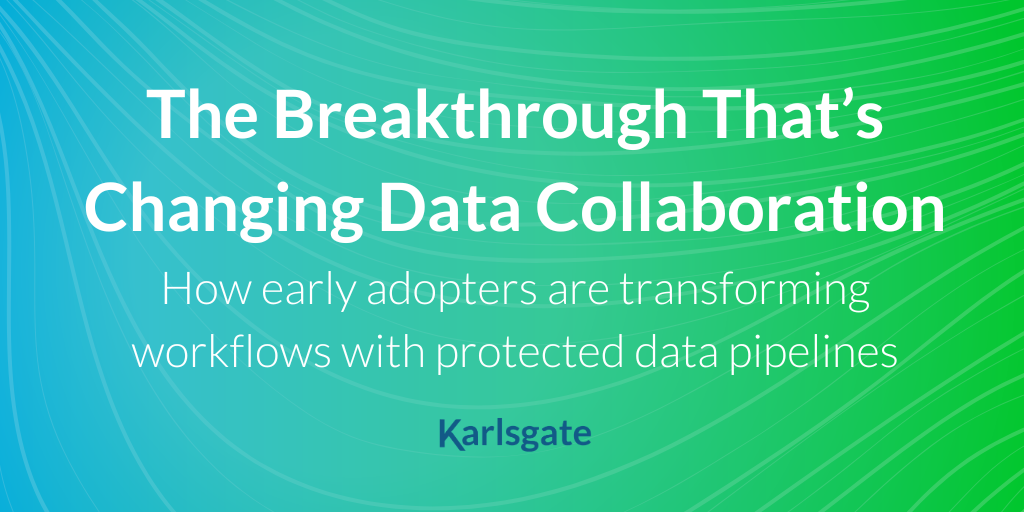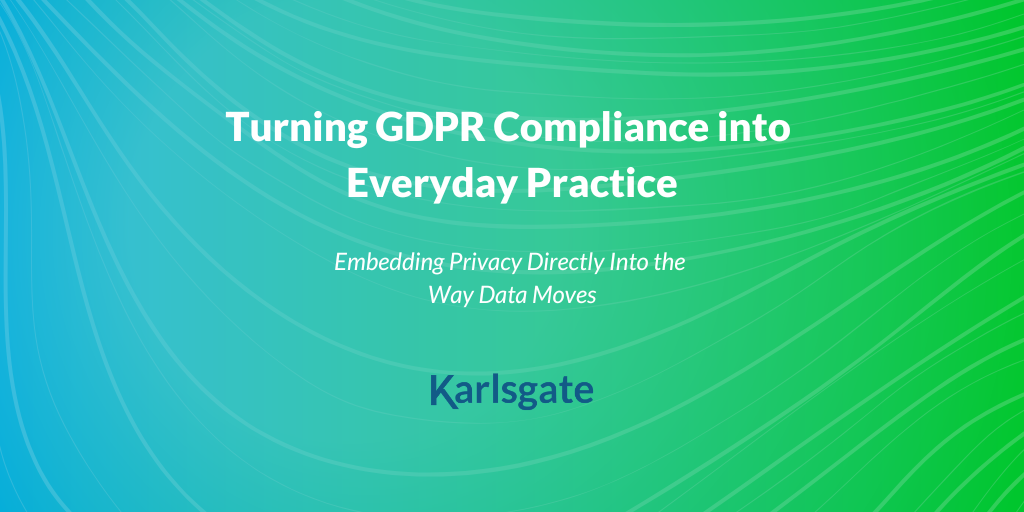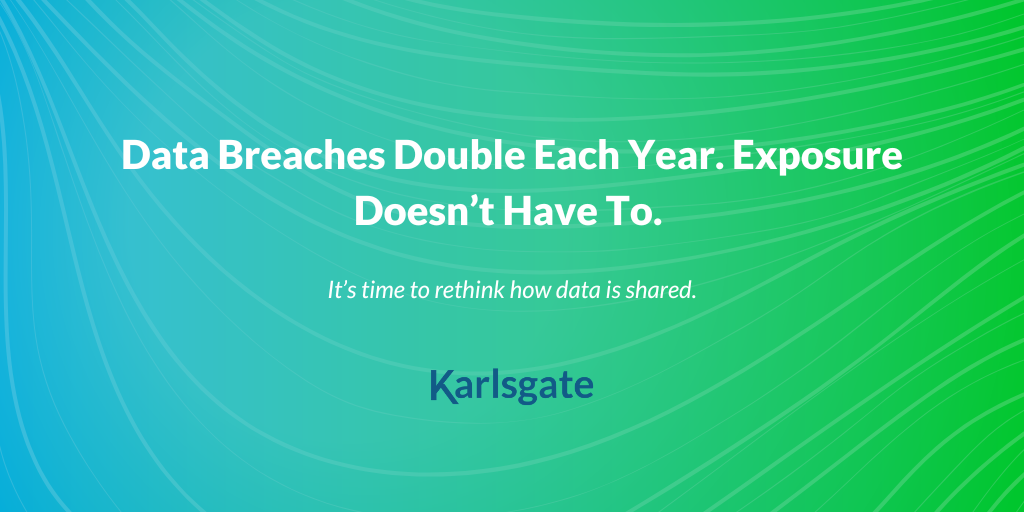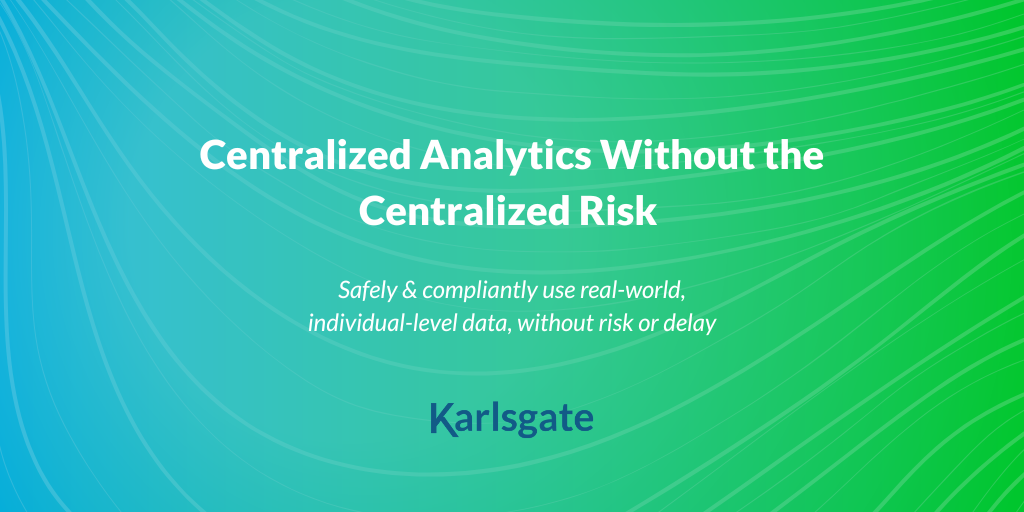When 23andMe filed for bankruptcy, it wasn’t just about business. It was about broken trust. Headlines focused on what millions of people had feared for years: the misuse of deeply personal genetic...
You’ve probably seen the promises:
“Data never leaves your environment.”
“No identities are ever shared.”
“We use AI across decentralized systems.”
“Our processing runs in secure enclaves.”
These phrases have become common in a privacy-first world—and for good reason. They reflect the direction we all need to move toward: protecting sensitive data while still enabling collaboration and insight.
But not all implementations are equal.
So the question is:
When you hear those claims, do you know what’s really happening behind the scenes?
And more importantly:
Do you know what questions to ask to make sure those promises hold up?
Let’s break down what to look for—and what might still be hiding beneath the surface.
Is there shared infrastructure involved?
Many modern collaboration models, such as clean rooms, composable CDPs, or data platforms, emphasize that your data stays in place. Technically, it may remain in your cloud account or environment.
But the collaboration process often still depends on shared orchestration layers governed by a third party.
Even if your data isn’t visibly moving:
- It’s made addressable or queryable by someone else’s platform,
- You rely on external systems to enforce access rules and usage policies, and
- Control quietly shifts from the data owner to the infrastructure orchestrator.
To be clear: using cloud services for internal operations is not the issue.
The issue is when collaboration depends on shared infrastructure that mediates external access, where governance happens outside your control.
Ask this:
If data “never leaves,” who controls the environment where collaboration happens?
Is it yours—or theirs?
Internal Use ≠ Safe Collaboration
To keep pace with today’s needs, data operations must be:
Another common claim is:
“You’re already using this platform for your internal analytics—so what’s the risk in using it for data collaboration?”
It feels logical. The environment is familiar, it’s already approved by your security team, and the data stays “in your account.”
But once external collaboration is introduced, the situation changes.
Even in cloud-native tools, you’re often granting access through a shared environment controlled by the cloud provider. Partners can run queries or join datasets using infrastructure and permissions you don’t fully control.
So while the data may technically “stay in place,” it’s:
- Logically exposed to external processing,
- Accessed using runtime environments you don’t operate, and
- Governed by rules enforced by the platform—not you.
The comfort of the cloud can create a false sense of control, but control over storage isn’t the same as control over collaboration, since there is another party involved.
Ask this:
Who actually manages the environment where the collaboration happens?
Are you enforcing the rules, or are you trusting someone else’s platform to do it for you?
If they say, “federated learning,” what does that actually mean?
“Federated learning” sounds advanced, and it can be.
But the term is often used loosely to describe setups that don’t reflect the technical rigor it requires.
True federated learning is a specific and advanced approach where:
- Data remains entirely local and never leaves the owner's system.
- Models are trained independently on each organization's data.
- Only encrypted model parameters—not raw data—are shared and aggregated.
It’s powerful, but also complex and resource-intensive:
- It requires coordinated local training environments,
- High-performance compute resources distributed across partners, and
- Secure parameter sharing with privacy guarantees.
Even when implemented correctly, federated learning is only suited for a narrow set of collaboration use cases—specifically, collaborative model training.
It doesn’t support other common use cases like:
- Overlap analysis,
- Deterministic record linkage,
- Identity resolution across partners, or
- Multi-party data enrichment and activation.
Most platforms using the term “federated” today still depend on centralized orchestration and data exposure inside shared environments. The data may not move far, but it’s no longer fully under your control.
Ask this:
Is it truly in place, or simply co-located with other partners’ data under software controls?
Is a shared predictive model the only outcome that is required through collaboration?
How are everyday data operations protected if only shared predictive models are available?
How is data protected on the way to its destination?
Even if the environment processing the data is secure through confidential computing or secure enclaves, there’s still one key risk:
Getting the data there.
The handoff is often the weakest link.
And most platforms assume you’ll handle that part yourself.
Ask this:
What protects the data in motion?
Can anyone else see it or intercept it along the way?
Can all the necessary data operations be covered within the enclave?
The Karlsgate Difference: Protection Without Dependency
At Karlsgate, we’ve asked all of these questions from day one—and built a solution that doesn’t just assume trust but removes the need for it entirely.
Here’s how we do it:
- Self-Sovereign De-Identification: You transform your data locally. No personal identifiers leave your environment. No central token registry. No dependency on outside control.
- Zero-Exposure Collaboration: Matching and joining are performed with temporary, cryptographically generated values that are meaningless outside the intended context.
- Downstream Data Flow Protection (DDFP): When data is passed to secure environments, it’s encrypted such that only the intended recipient can unlock it, ensuring privacy throughout its journey.
There’s no shared clean room, no exposed identity, no centralized orchestration.
Just protected data—in motion, in use, and in your control.
And unlike systems that rely on shared token registries or persistent IDs in circulation, our approach is fully self-sovereign—your identifiers are never exposed and are only reusable within your own environment under your governance. It’s also the easiest solution to set up for each new project, because there simply is no shared environment to set up.
Conclusion: The Future of Privacy Depends on Better Questions
The next generation of privacy-enhancing solutions will be defined not by marketing claims, but by how well they hold up to scrutiny.
So ask the hard questions:
- Who controls the environment where collaboration happens?
- How is the data actually being handled?
- What protections are built in and not just promised?
You’ll find that many solutions sound the same…
Until you dig a little deeper.
At Karlsgate, we invite the questions because our answers hold up.
About Karlsgate
For executive leaders concerned about balancing data security with the demand for data across all facets of the business, Karlsgate offers a robust, easy-to-implement solution. Protect your data from risks and breaches while seamlessly accessing it for critical initiatives. Secure and maximize your data's potential with Karlsgate.

